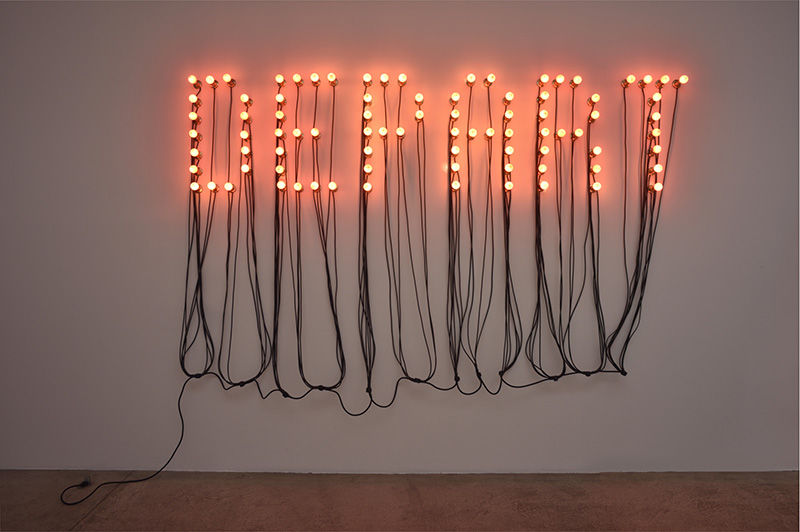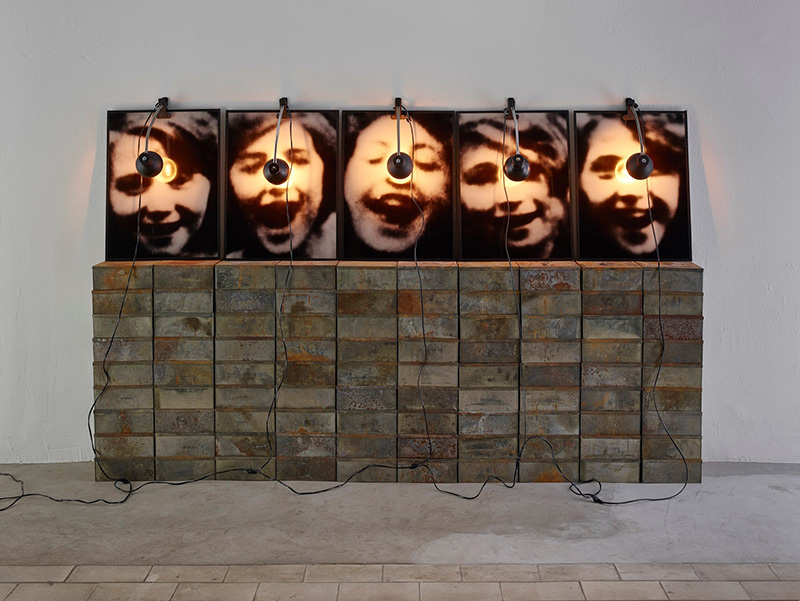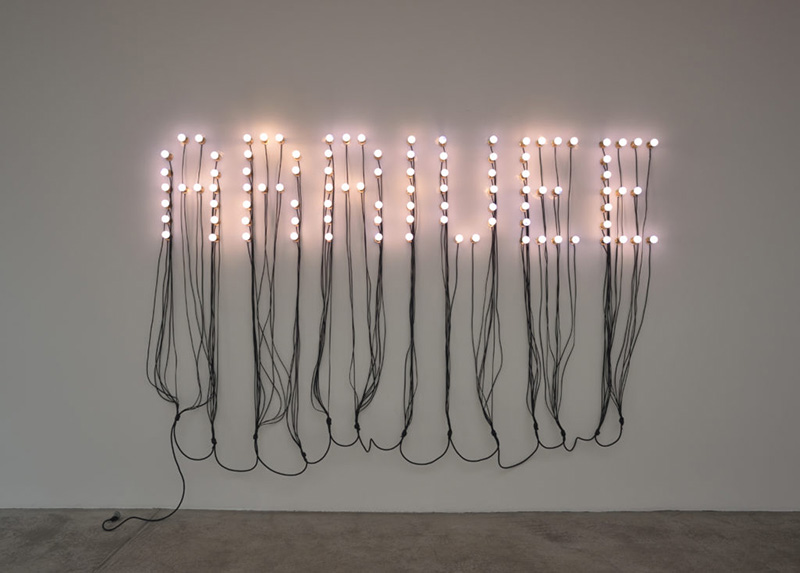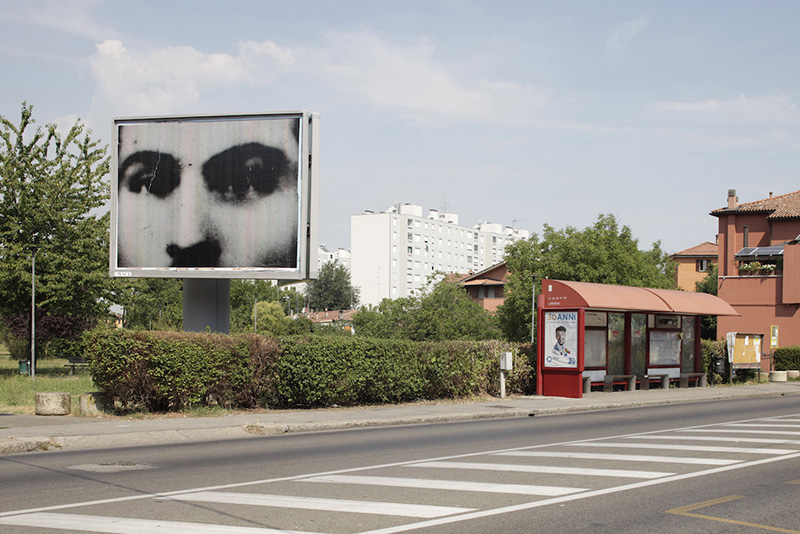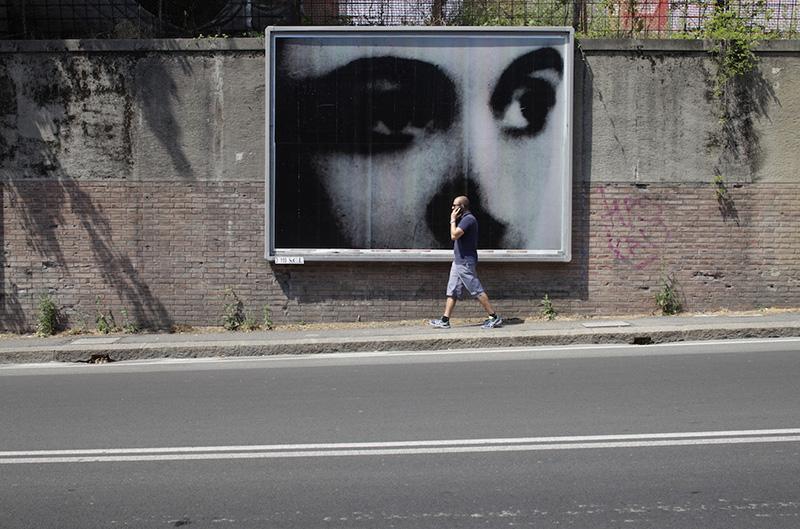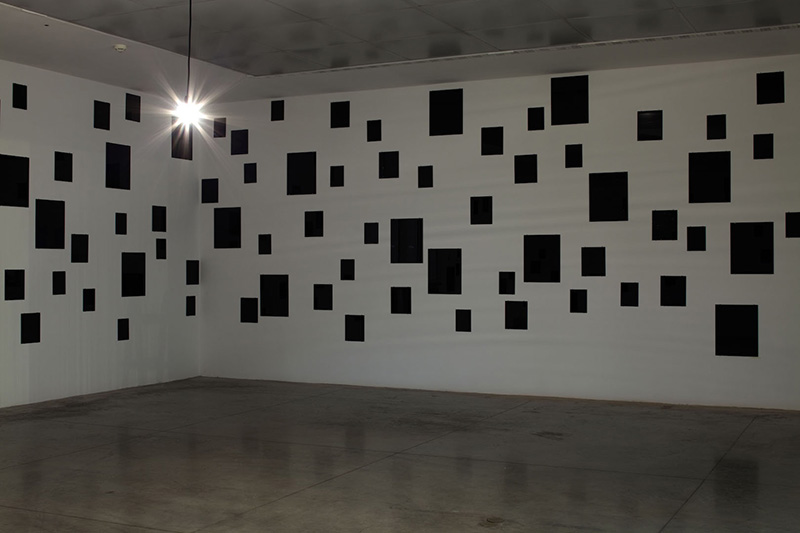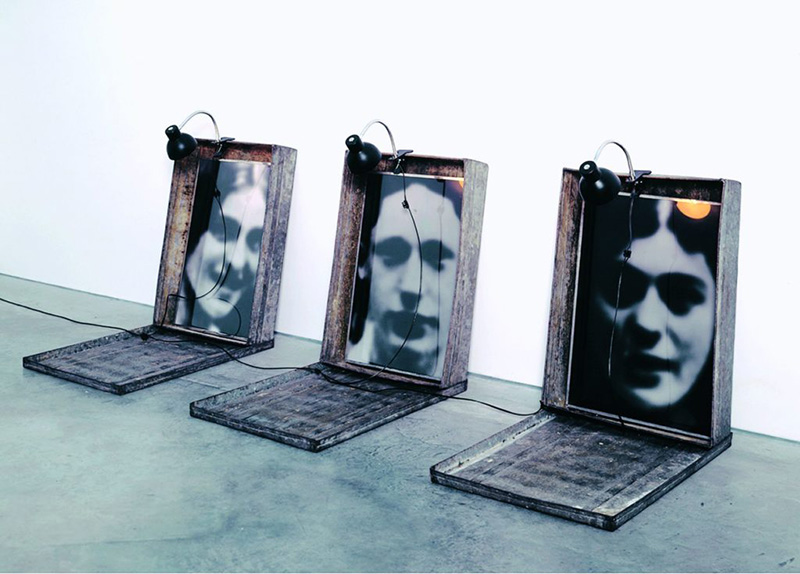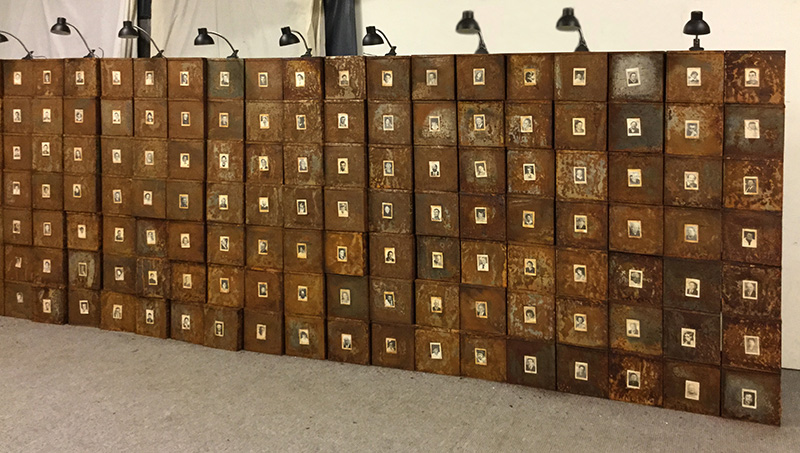ART CITIES:Bologna-Christian Boltanski
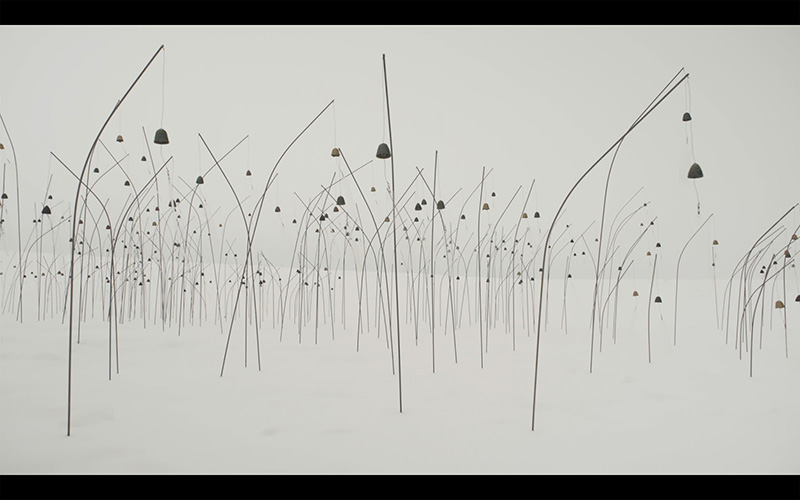 Christian Boltanski selected for the special cultural project promoted by the city of Bologne in 2017. The artist is the main focus of a rich program of cultural events called “Anime. Di luogo in luogo”. The project takes place includes several events and involve many urban venues, featuring the multi-faceted work of Christian Boltanski.
Christian Boltanski selected for the special cultural project promoted by the city of Bologne in 2017. The artist is the main focus of a rich program of cultural events called “Anime. Di luogo in luogo”. The project takes place includes several events and involve many urban venues, featuring the multi-faceted work of Christian Boltanski.
By Efi Michalarou
Photo: Museo d’Arte Moderna di Bologna Archive
Christian Boltanski’s project “Anime. Di luogo in luogo” includes a large anthological exhibition at the Museo d’Arte Moderna di Bologna (MAMbo), a play at the Arena del Sole theatre, an Installation at the former powder keg bunker inside the Lunetta Gamberini garden and a special project inside the area of the former Giuriolo parking lot. The choice of Christian Boltanski gains an even greater and deeper meaning because it coincides with some key city anniversaries: the 10th anniversary of both MAMbo and the Memorial Ustica Museum, the 37th anniversary of the Ustica disaster, the 40th anniversary of Emilia-Romagna Teatro Fondazione. The core of the whole project is the anthological exhibition “Anime. Di luogo in luogo” at the MAMbo. Whith 20 Installations, the exhibition retraces Boltanski’s poetics, from the mid ‘80s until the most recent years and unfolds according to some specific topics that have always crossed his work: disappearance, the dialectic relation between life and death, the frailty of memory and recollections, the fight against the inevitability of oblivion, the inherent tragic sense of history. Among the works, the installation “Volver” and the video “Animitas (blanc)” are displayed for the first time in Europe. On presentation are “Regard-Eyes” black and white blurred images of anonymous faces printed on large-sized see-through fabric cloths. These pictures, coming directly from the personal photo archives of the artist will act as ghostly disturbing presences and invite visitors to let themselves go with the flow of time and memory. “Volver” is a 3-meter tall pyramid entirely covered in golden isothermal covers, reminding of the first aid and rescue care delivered to migrants. The dialogue established by Boltanski between the two works seems to suggest some immanent proximity between the presence/absence of those faces, whose only remaining trace is a fading glance, and the migrants, contemporary nameless ghosts, both deprived of their stories and individual identities. The Museum for Memory of Ustica, born thanks to the strong determination of the Association of Victims of Victims of Strage of Ustica and the city of Bologna, was realized by the architect Gianpaolo Mazzuccato. Christian Boltanski created a permanent installation entitled “About Ustica”, for one of the most discussed collective tragedies in Italian history. Aerolinee Itavia Flight IH 870, AJ 42 was an Italian commercial flight operated by a McDonnell Douglas DC-9-15 which crashed into the Tyrrhenian Sea between Ponza and Ustica, killing all on board, while en route from Bologna to Palermo in 2/7/1980. Major sources in the Italian media have alleged over the years that the aircraft was shot down during a dog fight involving Libyan, United States, French and Italian Air Force fighters in an assassination attempt by NATO members on an important Libyan politician, maybe even the Libyan leader Muammar al-Gaddafi, who was flying in the same airspace that evening. This version was supported in particular by investigative magistrate Rosario Priore in 1999. Judge Priore said in his concluding report that his investigation had been deliberately obstructed by the Italian military and members of the secret service, in compliance with NATO requests. According to the Italian media, documents from the archives of the Libyan secret service passed on to Human Rights Watch after the fall of Tripoli show that Flight 870 and the Libyan MiG were attacked by two French jets. On 18/7/80, 21 days after the Aerolinee Itavia Flight 870 incident, the wreckage of a Libyan MiG-23 was found on the Sila Mountains in Castelsilano, Calabria, in southern Italy, according to official reports. Boltanski remembers the 80 victims of massacre through 80 black mirrors that surround the reconstructed aircraft, reflecting the image of the walker, while behind each of them 80 loudspeakers emit whispered words to emphasize the casuality and inevitability of the tragedy. Around the remnants of the DC9 were placed some large cases covered with black drapes that contain the dozens of personal belongings belonging to the victims. A video projection collects footage and testimonies from newspaper and news agencies from the time of the tragedy to the creation of the museum. The public art initiative of great impact see ten gazes of “Les Regards” on Billboards, is a Boltanski’s work directly inspired by the story of Bologna and the executed resistance fighters, printed on billboards placed along the main suburban city roads. These reanimated eyes shutter the urban landscapes with unexpected visual and meaning disconnections and also question our awareness of the past by triggering a collective remembrance process. The Installation “Réserve” is on presentation at former powder keg bunker in Lunetta Gamberini Garden. The military facility, dating back to the 1900, before being shut down for security reasons, had become a shelter for homeless people, maybe desperate migrants, still prevented from understanding the notion of welcome. Chosen for its symbolic meaning, this venue was perfect for the artist to create this site-specific piece that evokes bodies of silent presences. Resulting from the cooperation between Boltanski, the set designer Jean Kalman and the composer Franck Krawczyk, the performative installation at Arena del Sole theatre “Ultima” (27-30/6/17) was designed as the criss-cross of space, a strongly evocative venue full of objects, voices and sounds, all set against a simple and essential but deeply emotionally involving background. The public art intervention “Take Me (I’m Yours)” at former Giuriolo parking lot, turns Boltanski into the curator of an unusual popular art experiment transforming the area in a diffused art space. A fun and ironic way on the current processes defining the value of art tries to explore alternative ways of distribution and dissemination.
Info: Curator: Danilo Eccher, Museo d’Arte Moderna di Bologna (MAMbo), Via Don Minzoni 14, Bologna, Duration: 26/6-12/11/17, Days & Hours: Tue-Wed & Sun 10:00-18:00, Thu-Sat 10:00-19:00, www.mambo-bologna.org, Museo per la Memoria di Ustica, Via di Saliceto 3/22, Bologna, Duration: 27/6-31/12/17, Days & Hours: Fri-Sun 10:00-18:00, www.museomemoriaustica.it and Ex powder keg bunker, Garden Bezel Gamberini, Via Pellizza da Volpedo, Bologna, Duration: 26/6-12/11/17, Days & Hours: 29/6-16/9/17 (Closed 13-18/8/17) 18:00-22:00 & 22/9-12/11/17 14:00-18:00, www.comune.bologna.it
